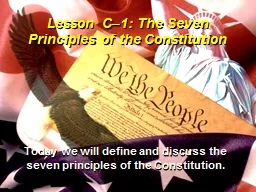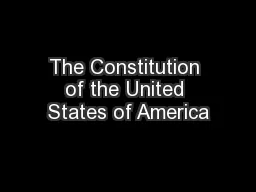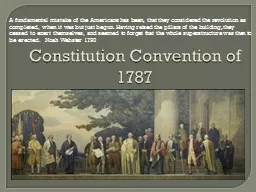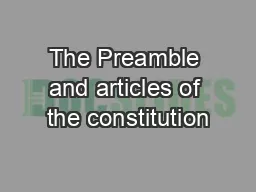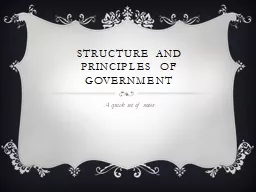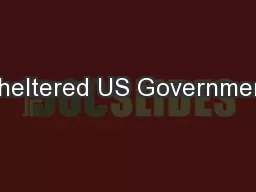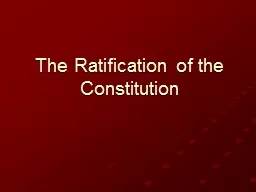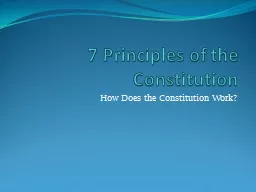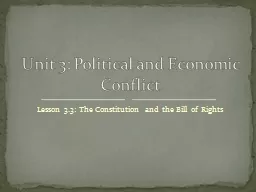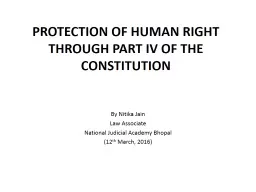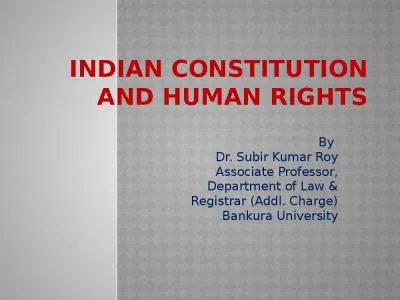PPT-Lesson C–1: The Seven Principles of the Constitution
Author : lindy-dunigan | Published Date : 2016-04-23
Today we will define and discuss the seven principles of the Constitution Vocabulary The Framers those men who first wrote the Constitution sovereignty the ability
Presentation Embed Code
Download Presentation
Download Presentation The PPT/PDF document "Lesson C–1: The Seven Principles of th..." is the property of its rightful owner. Permission is granted to download and print the materials on this website for personal, non-commercial use only, and to display it on your personal computer provided you do not modify the materials and that you retain all copyright notices contained in the materials. By downloading content from our website, you accept the terms of this agreement.
Lesson C–1: The Seven Principles of the Constitution: Transcript
Download Rules Of Document
"Lesson C–1: The Seven Principles of the Constitution"The content belongs to its owner. You may download and print it for personal use, without modification, and keep all copyright notices. By downloading, you agree to these terms.
Related Documents

